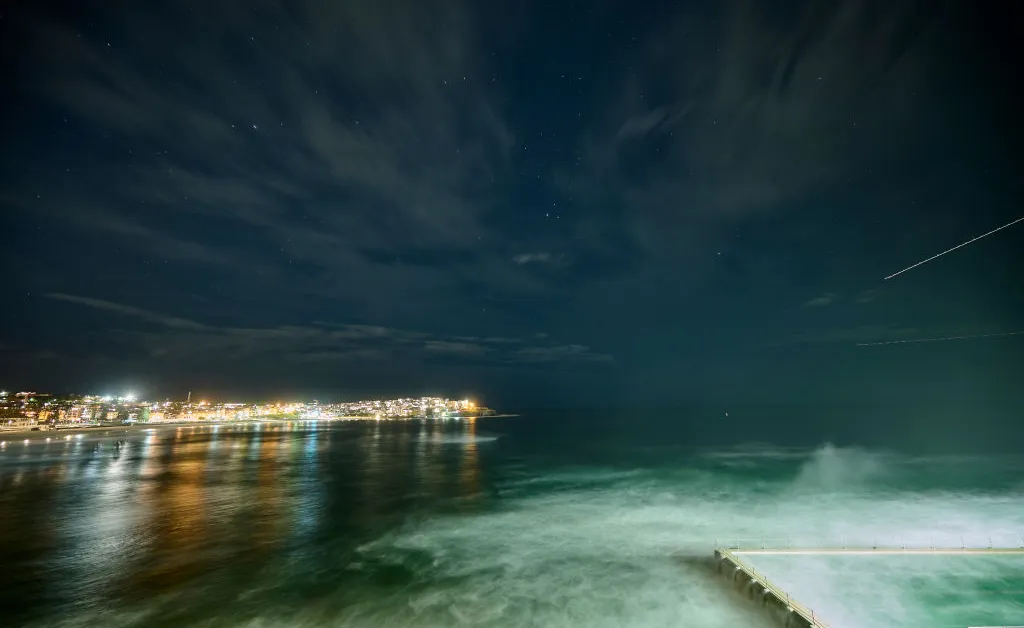
Two Meteor Showers Are Peaking Tonight. Here’s How to See Them
How did your country report this? Share your view in the comments.
Diverging Reports Breakdown
Two Meteor Showers Are Peaking Tonight. Here’s How to See Them
The Southern Delta Aquariids and the Alpha Capricornids will hit their peak visibility on Tuesday night. The moon will only be 27% full, increasing the visibility for the showers. The Perseids shower is due to hit its peak in just a few weeks, though its visibility could be affected by the moon. Both are in the southern part of the sky, meaning those hoping to view the showers should move to a location with an unobstructed view of that area. They are best seen after midnight, as the darker night makes them easier to spot. The showers are caused by the entrance of cosmic debris into the Earth’s atmosphere at elevated speeds.
Advertisement Advertisement
Meteor showers are caused by the entrance of cosmic debris into the Earth’s atmosphere at elevated speeds. They are best viewed on a clear night. Here’s what to know. What are the Southern Delta Aquariids and Alpha Capricornids? The Southern Delta Aquariids are a meteor shower typically active for a few weeks starting from mid-July. The shower travels at a velocity of 25 miles per second, according to the American Meteor Society (AMS) and is best seen by those living further south. They are typically difficult to spot due to their faint light, NASA reports, and most visible when the moon is not out. The Alpha Capricornids are not a particularly strong shower, and rarely have more than 5 meteors per hour. However, they are remarkable because those that are visible often have bright fireballs. “If you are looking for that one spectacular event to happen during a watch session, an Alpha Capricornid may be the one that gets you the most excited,” Nick Moskovitz, an astronomer with the Lowell Observatory in Arizona told NPR.
Advertisement
That shower will be well seen by those on either side of the equator, according to the American Meteor Society (AMS). It also travels more slowly, sailing through the sky at a velocity of 14 miles per second.
When and where can you see them best?
Meteor showers are best seen after midnight, according to the AMS, as the darker night makes them easier to spot. That means the moon’s peak also affects visibility: If the moon is more than one half illuminated when meteor showers peak, they will be difficult to observe. Onlookers should also move away from the big city to avoid pollution and other light sources interfering with their view.
The Southern Delta Aquariids will be best seen in the early morning hours, AMS reports.
The organization says that showers can best be spotted some 30 degrees away from their radiant—the point where meteors appear to come from. The radiant point of the Southern Delta Aquariids is located within the Aquarius constellation, while the Alpha Capricornids’ is in the Capricornus constellation. Both are in the southern part of the sky, meaning those hoping to view the showers should move to a location with an unobstructed view of that area.
Those who miss the two meteor showers can still try to observe the Perseids shower, which will hit its peak on August 12-13.
Source: https://time.com/7306303/meteor-shower-july-southern-delta-aquariids-alpha-capricornids/
